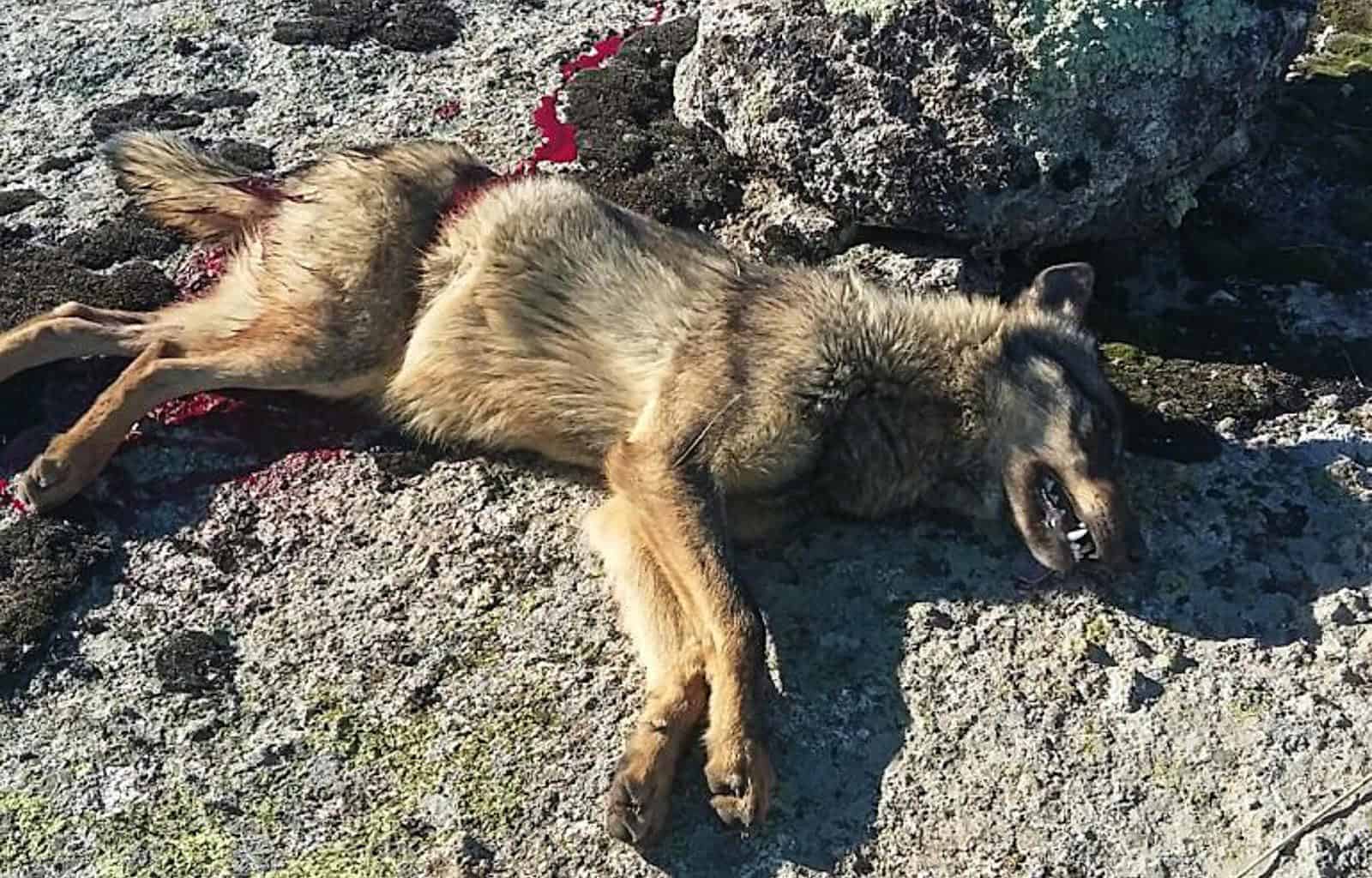Grazing in the Alps
Natural grazing in the Alps
In the past, natural grazing, better said browsing in the Alps was dominantly done by animals such as the- red deer, roe deer and wild boar. At the bottom of wide valleys and in a suitable environment, large grazers such as the European bison and the today extinct aurochs and wild horses graze naturally there. Around the tree line, the grazing is done by the Charolais cow and high above the tree line, the ibex goat.
Man-managed grazing in the Alps
Natural browsing for millennia, has maintained open land in the Alps. Natural browsing was an important factor to sustain a balance between the areas covered by dense forest and open land at the bottom of valleys or above the tree line.
Although the last glaciation ended ca.10,000 years ago, remnants of glaciers gradually lead to forest development over the following two thousand years that followed.

It is the time when the oldest evidence of sheep farming along the border of the Alp goes back to over 8,000 years ago. In that time it was very likely that valleys were still full of ice and massive glaciers covered the northern slope of the Alps.
Forests follow retreated glaciers
Forests slowly penetrated into the valleys and claimed along the steep slopes. The natural meadows were created at the edges of retreated glaciers.
However, even before shepherds with herds penetrated through the dense forests into the valleys to reach the tree line. Here they found the open, mostly natural meadows, which were very suitable for them.
More frequent evidence of man-managed grazing in the Alps, dates back to the later Neolithic period or 5 000 years later (c.3 000 BC). During this time period, the evidence of pastures located above the tree line increased.
Nomadic shepherds
The first shepherds used to be pretty much known as nomads. They seasonally moved their livestock between summer and winter pastures. In mountain regions it implies movement between higher pastures in summer and lower valleys in winter.
Shepherds have a permanent home, typically in valleys. Generally, only the herds travelled, with a certain number of people necessary to treat them, while the main population of people stayed at the base.
Grazing management
During this time the people in the Alps used a short-term, small-scale grazing in assessing differences across various types in the plant community composition, following a low impact grazing.
Since then, with all the lessons learned during the centuries, alpine farming and pasturing at high altitudes in the Alps, has created many areas rich inn species and very diverse landscapes.
Grazing and local economy
Despite of man-managed grazing in the Alps being very important in the past, it will very likely be an extremely important part of local economy in the coming years.

The lessons learned
The main lessons learned particularly in the last several decades can be summarized. The long-term objective of the current man-managed grazing is to become as similar as possible to the results of natural browsing.
To achieve this, it will be necessary to take into consideration individual pasture condition, variation in herd composition and their movements. The final decision is already today related to factors such as herd size, clear purpose for keeping livestock, protection of herd (e.g., guard dogs) and number of shepherds.
The limitations of grazing
The main issue influencing current herd movement, seems to be limited by the current available grazing space, the quality of alpine meadows and the intensity of spontaneous forest recovery.
Conclusion
The grazing in the Alps carries a very long tradition. For millennia it has been the main way to provide livelihood for the local people. This activity was an important part of the local people’s daily work. The result of this traditional grazing significantly impacted the land of the Alps.
Benefits of livestock grazing
Livestock grazing provided livelihood to an enormous amount of people. Later on, it became an irreplaceable part of the cultural heritage of the people living in the Alps. Last but not least in many areas it is still today one of the most important activities to maintain open landscape biodiversity.
This information was prepared in the framework of BioDiv project. More information about the project can be found here website.









